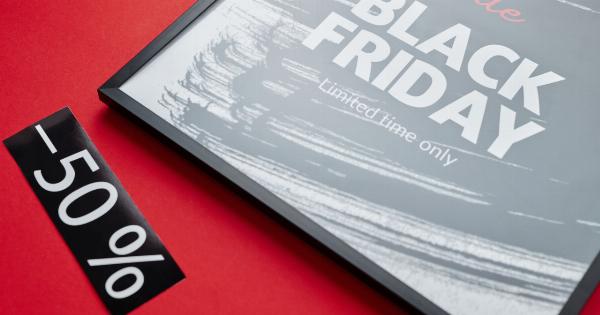Cholecystitis is a condition that involves inflammation of the gallbladder. This is often caused by blocked bile ducts leading to the gallbladder, causing bile accumulation and inflammation.
The most common cause of cholecystitis is gallstones, but there are other potential causes, including infection, tumors, and injury to the gallbladder. With this in mind, it is important to identify the factors that contribute to the occurrence of cholecystitis, such as diet, physical activity, and medical illnesses.
What are the Symptoms of Cholecystitis?
The symptoms of cholecystitis can vary from person to person, but they often involve the following:.
- Pain in the abdomen: This often affects the right upper quadrant of the abdomen and may be severe or constant.
- Nausea or vomiting: This may occur in response to the pain and inflammation in the abdomen.
- Fever or chills: This may occur in response to an infection associated with cholecystitis.
- Jaundice: This may occur if the bile duct is obstructed, leading to a buildup of bilirubin in the blood.
- Fatty stool: This may occur if the bile duct is obstructed, leading to a decrease in fat absorption.
When do Symptoms Occur?
The symptoms of cholecystitis can occur at any time, but they often occur after a heavy or fatty meal. This is because the gallbladder is responsible for storing and releasing bile, which helps to digest fat.
When the gallbladder is inflamed or obstructed, this process is disrupted, leading to digestive symptoms such as abdominal pain, nausea, and vomiting.
The timing of symptoms is important to consider when diagnosing and treating cholecystitis. If symptoms occur after eating, it may be helpful to adjust one’s diet to reduce the risk of further inflammation or blockage of the bile ducts.
This may involve reducing consumption of high-fat or fried foods, increasing intake of fiber-rich foods, and drinking plenty of water to increase bile flow.
How is Cholecystitis Diagnosed?
Cholecystitis can be diagnosed through a combination of physical examination, medical history, and imaging tests. The physical examination may involve palpation of the abdomen to assess for pain and tenderness.
The medical history may involve questions about the onset and severity of symptoms, as well as any risk factors for cholecystitis, such as a history of gallstones or a high-fat diet.
Imaging tests can also be helpful in diagnosing cholecystitis. These may include:.
- Ultrasound: This uses sound waves to create images of the gallbladder and surrounding structures.
- CT scan: This uses X-rays and computer technology to create detailed images of the abdomen.
- HIDA scan: This involves injecting a radioactive material into the bloodstream and taking images of the gallbladder to assess its function.
How is Cholecystitis Treated?
The treatment of cholecystitis depends on the severity and underlying cause of the condition. In mild cases, treatment may involve rest, pain relief, and dietary adjustments to reduce inflammation and promote bile flow.
In more severe cases, treatment may require hospitalization and intravenous antibiotics to treat infection or surgery to remove the gallbladder.
Overall, it is important to seek medical attention if one experiences symptoms of cholecystitis. By identifying the underlying cause and implementing appropriate treatment, it is often possible to manage the condition and prevent further complications.





























